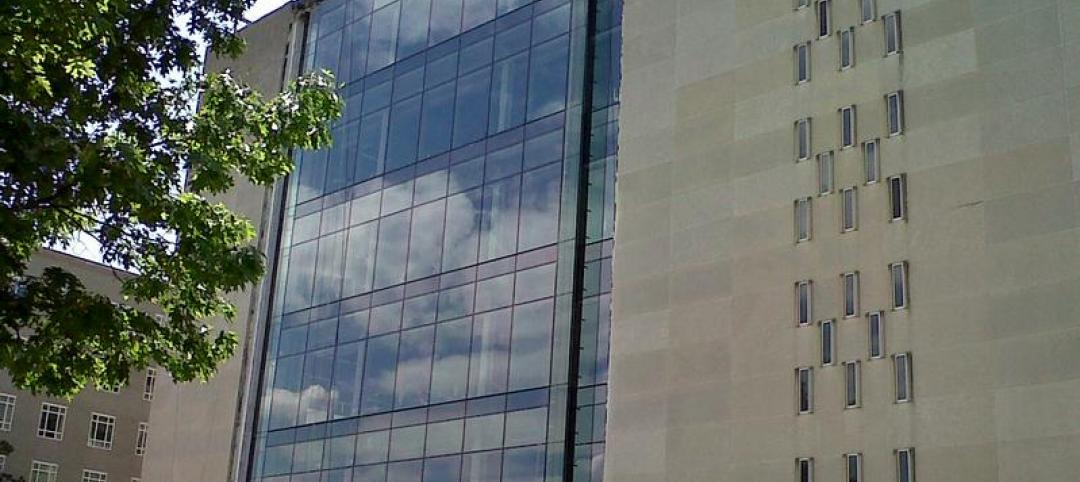The national average rent in transit-accessible office buildings was 65% higher than the average market rent in early 2018, according to a new report from real estate firm Transwestern. The examination of 15 major metros shows average rent in Central Business Districts was $43.48/sf (triple net) for transit-accessible buildings, versus $26.01/sf for car-dependent buildings.
Transit-accessible office space was also at a premium in the suburbs, with an average rent of $33.43/sf being nearly 50% higher than rent in car-dependent buildings.
 Source: Transwestern
Source: Transwestern
In the analysis, transit-accessible buildings are defined as those within a 10-minute walk from a subway, commuter rail, or light rail facility. Based on the combined statistical areas (CSAs) in the set, approximately 39% of total office inventory is categorized as transit-accessible, while the remainder is car-dependent.
Nationally, the CSAs of Denver, New York/New Jersey, Washington, D.C., and the San Francisco Bay Area are rated the highest on the transit-accessibility scale, with approximately half of the office market’s inventory qualifying as transit-accessible. View an interactive map of the top CSAs.
“As workplace amenities have become increasingly important to companies in attracting and retaining talent, tenants are most certainly keeping accessibility to mass transit on their radar when surveying office product,” said Brian Landes, Director of GIS/Location Intelligence for Transwestern. “Not surprisingly, vacancy for transit-accessible buildings is lower than overall vacancy, which makes these buildings extremely attractive to commercial real estate investors.”
 Source: Transwestern
Source: Transwestern
 Source: Transwestern
Source: Transwestern
Related Stories
| Jun 13, 2012
Is it time to stop building convention centers?
Over the last 20 years, convention space in the United States has increased by 50%; since 2005, 44 new convention spaces have been planned or constructed in this country alone.
| Jun 13, 2012
Steven L. Newman Real Estate Institute to hold energy asset conference for property owners, senior real estate managers
Top-level real estate professionals have been ignored as the industry has pushed to get sustainability measures in place.
| Jun 12, 2012
SAC Federal Credit Union selects LEO A DALY to design corporate headquarters
LEO A DALY also provided site selection, programming and master planning services for the project over the past year.
| Jun 11, 2012
Hill International selected as CM for Porto Arabia Towers in Qatar
The complex is a mixed-use development featuring both residential and commercial properties.
| Jun 8, 2012
Thornton Tomasetti/Fore Solutions provides consulting for renovation at Tufts School of Dental Medicine
Project receives LEED Gold certification.
| Jun 6, 2012
KPF designs tower for Yongsan IBD
The master plan, created by Studio Daniel Libeskind, is a dynamic urban environment containing contributions from 19 different architects practicing in diverse locations around the globe.
| Jun 6, 2012
SOM urges Chicago tenants to partner with landlords to cut energy use
Tenants can exceed building energy challenge targets recently announced by Mayor Emanuel.
| Jun 5, 2012
Walker Parking opens office in Abu Dhabi
Walker has been in Abu Dhabi since May 2011 but in a temporary office suite.
| Jun 4, 2012
Brownfield goes green
Chicago Center for Green Technology uses high-speed, energy-efficient hand dryers to share its green message and earn LEED credits.

















